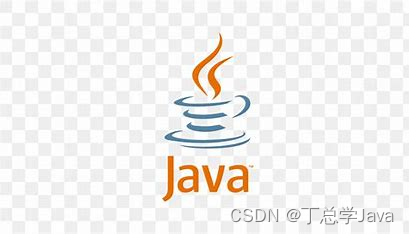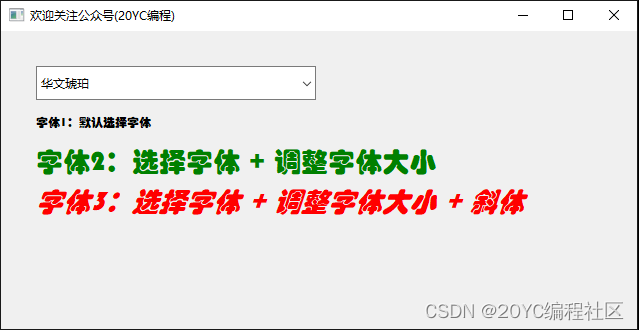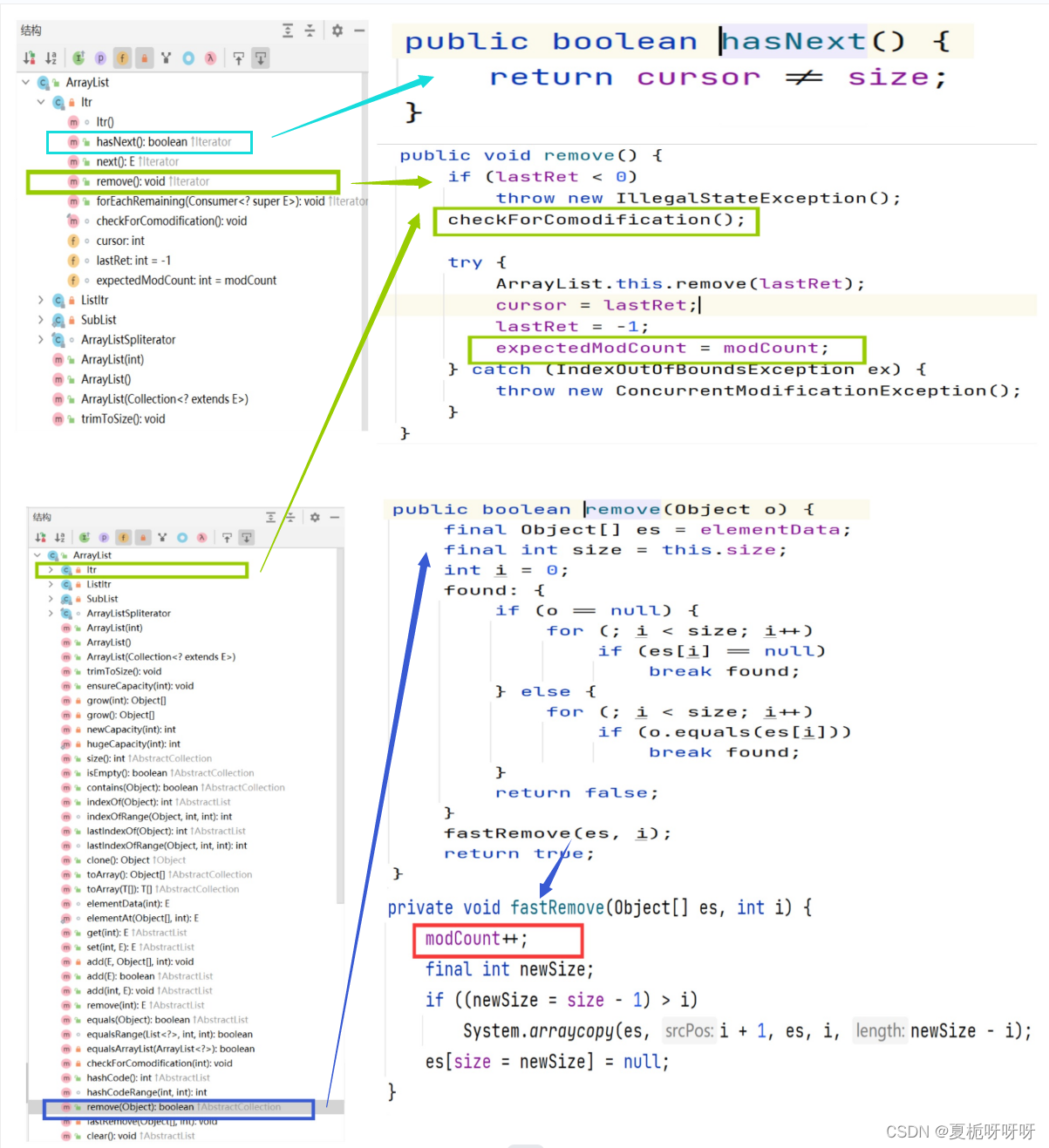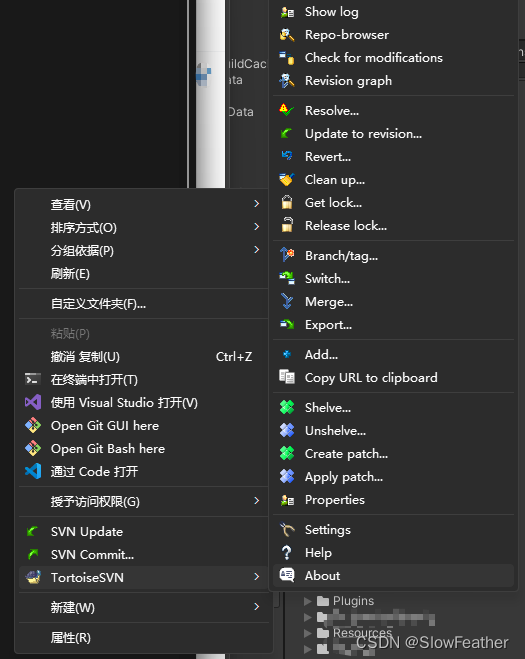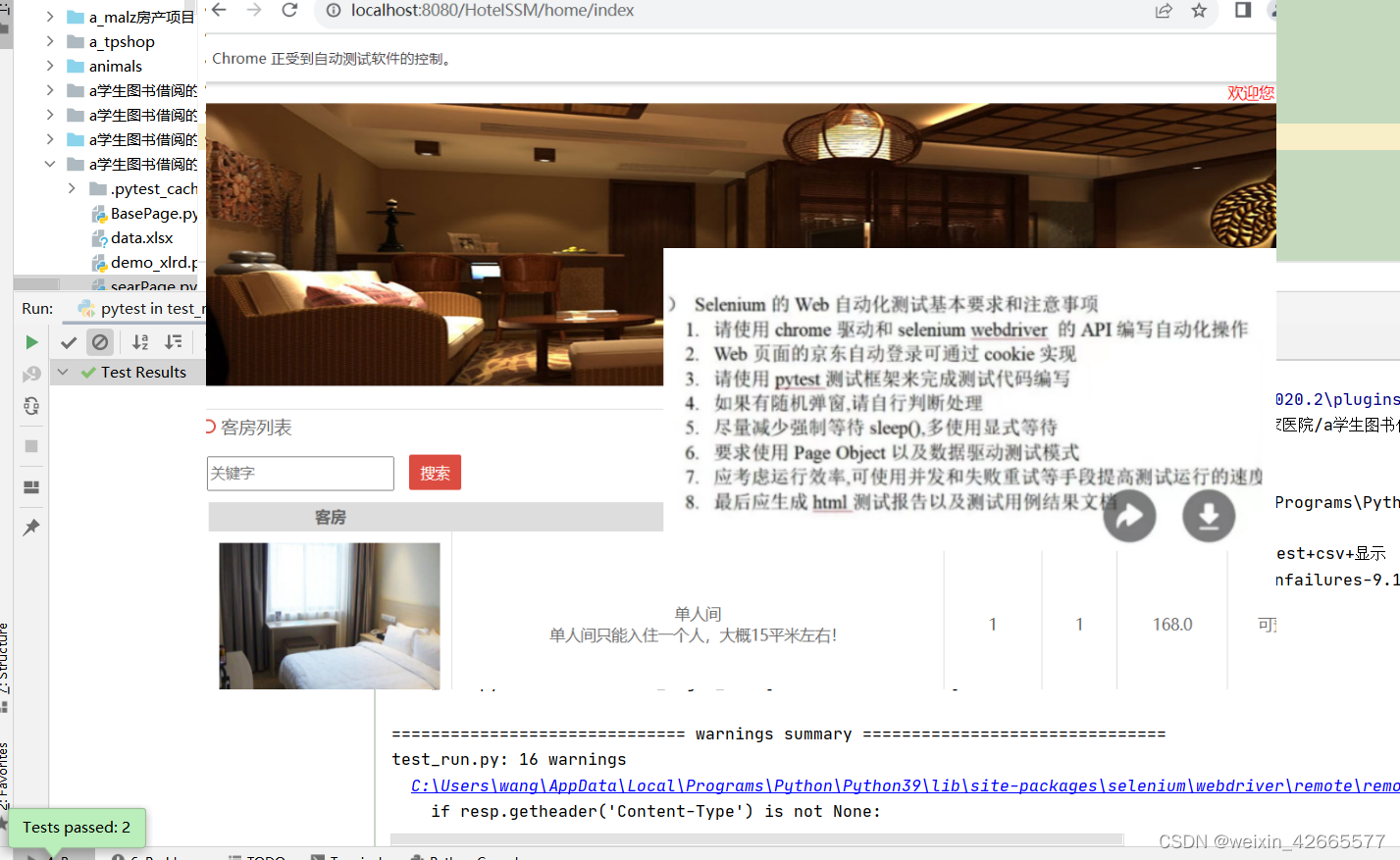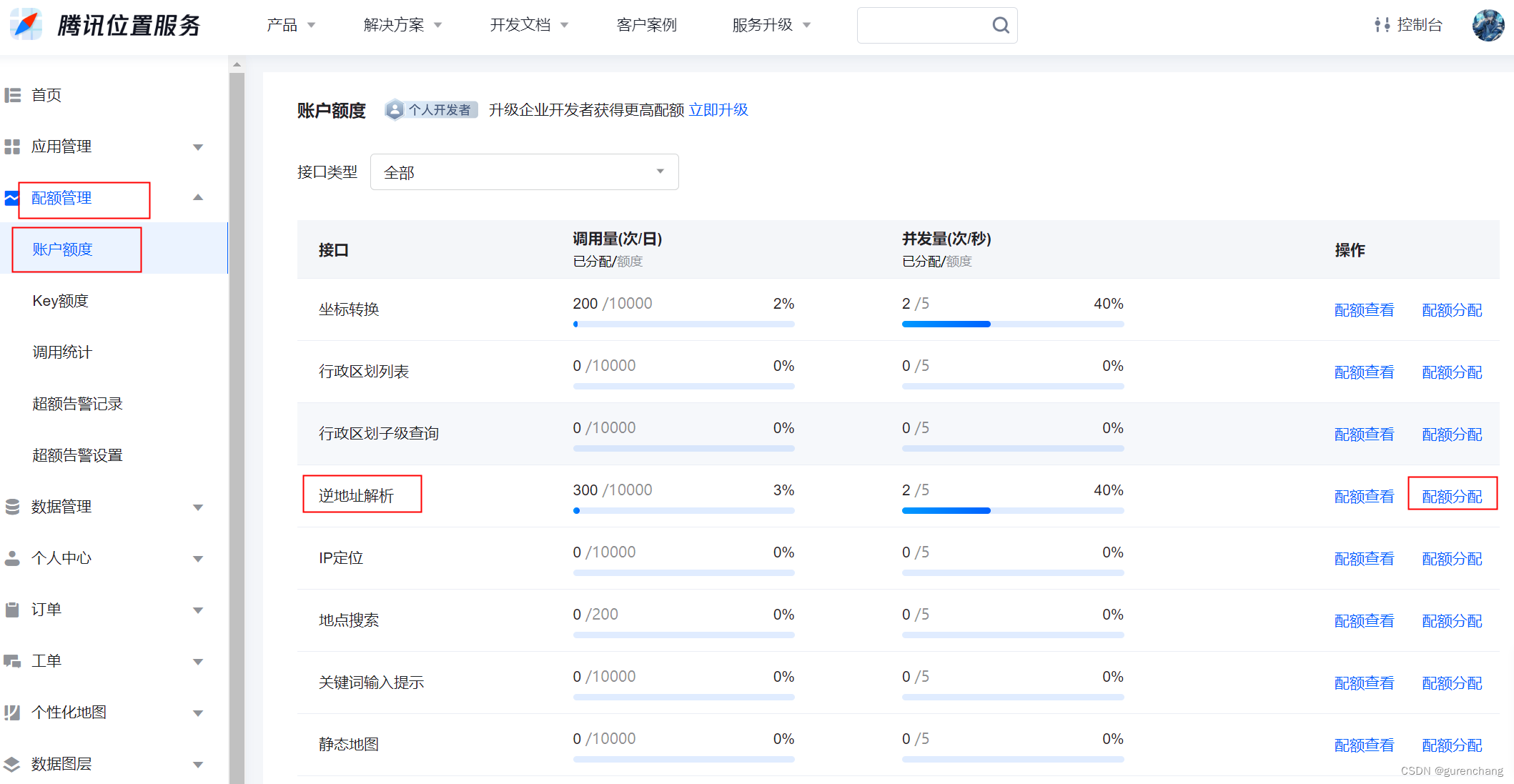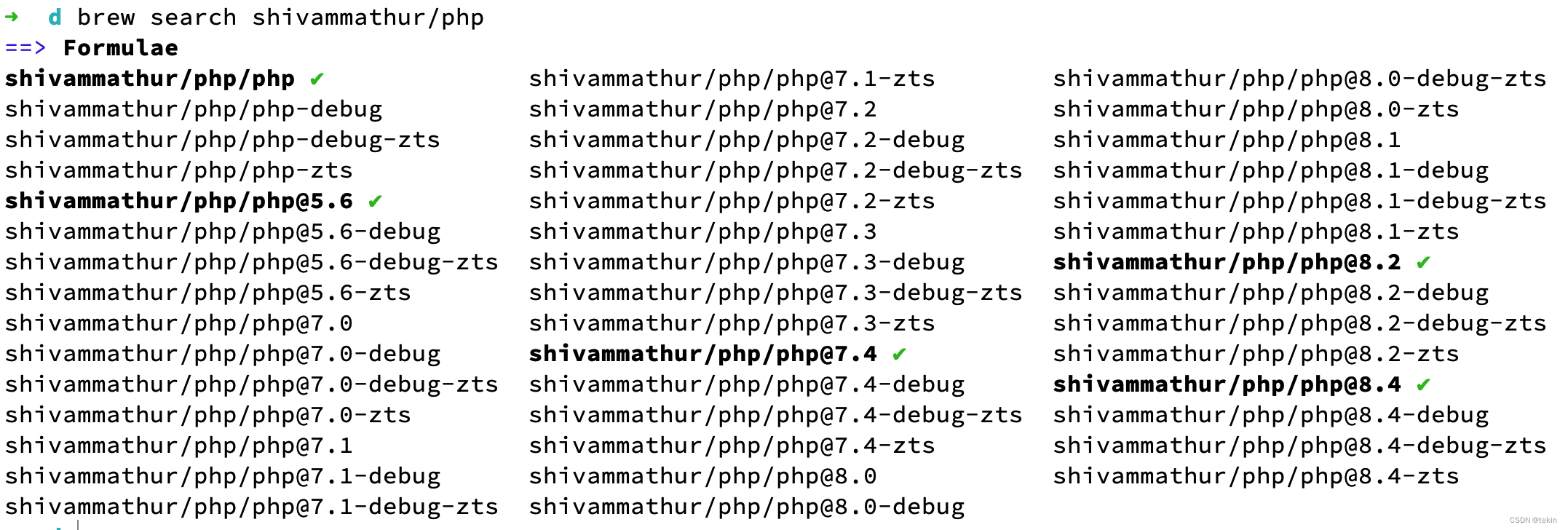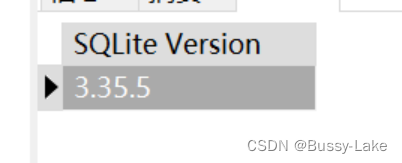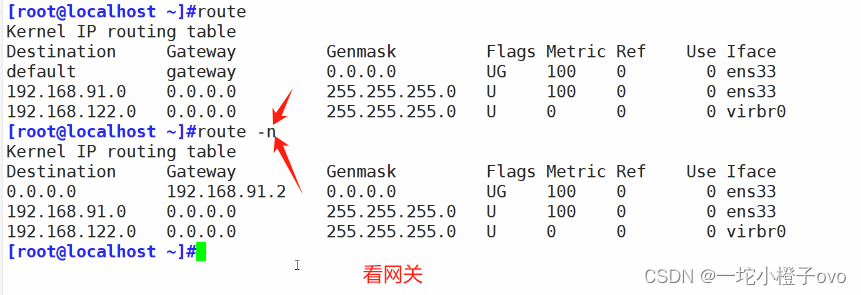
1.使用标准IO完成两个文件拷贝
#include <head.h>
int main(int argc, const char *argv[])
{
//判断输入是否合法
if(argc>3)
{
printf("输入不合法\n");
return -1;
}
//定义两个文件指针,用于读写
FILE *fp1=NULL;
FILE *fp2=NULL;
if((fp1=fopen(argv[1],"r"))==NULL)
{
perror("");
return -1;
}
if((fp2=fopen(argv[2],"w"))==NULL)
{
perror("");
return -1;
}
//循环读取搬运
while(1)
{
char buf[20];//定义搬运工
int res=fread(buf,1,sizeof(buf),fp1);//循环读取字符
fwrite(buf,1,res,fp2);//将字符拷贝到第二个文件中
if(feof(fp1))//执行上述操作后,判断光标位置
{
break;//如果光标在结尾则退出循环
}
}
//关闭两个文件
fclose(fp1);
fclose(fp2);
return 0;
}
ubuntu@ubuntu:day3$ ls
04write.c homework1.c stat.c test1.c
ubuntu@ubuntu:day3$ gcc homework1.c
ubuntu@ubuntu:day3$ ./a.out test1.c test2.c
ubuntu@ubuntu:day3$ ls
04write.c a.out homework1.c stat.c test1.c test2.c
ubuntu@ubuntu:day3$
2.使用文件IO完成两个文件的拷贝
#include <head.h>
int main(int argc, const char *argv[])
{
//判断传入的文件个数
if(argc != 3)
{
printf("input file error\n");
printf("usage:./a.out srcfile dstfile\n");
return -1;
}
//定义文件描述符变量
int srcfd, dstfd;
//以只读的形式打开源文件
if((srcfd = open(argv[1], O_RDONLY)) ==-1)
{
perror("open srcfile error");
return -1;
}
//以只写的形式打开目标文件
if((dstfd = open(argv[2], O_WRONLY|O_CREAT|O_TRUNC, 0664)) ==-1)
{
perror("open dstfile error");
return -1;
}
//不断将源文件中的内容读出,写入的目标文件中
//直到源文件全部读取结束
char buf[128] = "";
while(1)
{
memset(buf, 0, sizeof(buf)); //将容器清空
int res = read(srcfd, buf, sizeof(buf)); //从源文件中读取数据
write(dstfd, buf, res); //将数据写入目标文件
//对读取的数据个数进行判断
if(res == 0)
{
break;
}
}
//关闭两个文件
close(srcfd);
close(dstfd);
printf("拷贝成功\n");
return 0;
}
ubuntu@ubuntu:day3$ gcc homework2.c
ubuntu@ubuntu:day3$ ./a.out test2.c test3.c
拷贝成功
ubuntu@ubuntu:day3$ diff test2.c test3.c
ubuntu@ubuntu:day3$ 3.实现stat函数
#include <head.h>
int main(int argc, const char *argv[])
{
//定义文件属性类型的数据
struct stat sx; //用于存储获得的文件属性
//调用函数的到文件属性
stat(argv[1], &sx);
switch(sx.st_mode&S_IFMT)
{
case S_IFSOCK:
{
printf("套接字文件\t");
}
break;
case S_IFLNK:
{
printf("链接文件\t");
}
break;
case S_IFREG:
{
printf("普通文件\t");
}
break;
case S_IFBLK:
{
printf("块设备文件\t");
}
break;
case S_IFDIR:
{
printf("目录文件\t");
}
break;
case S_IFCHR:
{
printf("字符设备文件\t");
}
break;
case S_IFIFO:
{
printf("管道文件\t");
}
break;
}
printf("%#o\t%ld\t%ld\n", sx.st_mode&0777, sx.st_size, sx.st_ino);
return 0;
}
ubuntu@ubuntu:day3$ gcc homework3.c
ubuntu@ubuntu:day3$ ./a.out test2.c
普通文件 0664 6 667814
ubuntu@ubuntu:day3$ 4.实现目录操作
#include <head.h>
int main(int argc, const char *argv[])
{
//判断外部传参个数
if(argc != 2)
{
printf("input error\n");
printf("usage:./a.out name\n");
return -1;
}
//定义目录指针
DIR *dp = NULL;
//打开目录
if((dp = opendir(argv[1])) == NULL)
{
perror("opendir error");
return -1;
}
//读取目录中的文件或目录信息
struct dirent *sdp = NULL;
while((sdp = readdir(dp)) != NULL)
{
//输出当前文件或目录的信息
printf("inode:%10ld, size:%10d, %10s, ",\
sdp->d_ino, sdp->d_reclen, sdp->d_name);
//输出类型
switch(sdp->d_type)
{
case DT_BLK:
{
printf("b\n");
}
break;
case DT_CHR:
{
printf("c\n");
}
break;
case DT_DIR:
{
printf("d\n");
}
break;
case DT_FIFO:
{
printf("p\n");
}
break;
case DT_LNK:
{
printf("l\n");
}
break;
case DT_REG:
{
printf("-\n");
}
break;
case DT_SOCK:
{
printf("s\n");
}
break;
}
}
//关闭目录
closedir(dp);
return 0;
}
ubuntu@ubuntu:day3$ gcc homework4.c
ubuntu@ubuntu:day3$ ./a.out .
inode: 655425, size: 24, .., d
inode: 667813, size: 32, homework4.c, -
inode: 667819, size: 32, homework3.c, -
inode: 667822, size: 32, a.out, -
inode: 667818, size: 32, homework2.c, -
inode: 667816, size: 32, homework1.c, -
inode: 667815, size: 32, test1.c, -
inode: 667812, size: 32, stat.c, -
inode: 667808, size: 24, ., d
inode: 667814, size: 32, test2.c, -
inode: 667811, size: 32, 04write.c, -
inode: 667817, size: 32, test3.c, -
ubuntu@ubuntu:day3$ 